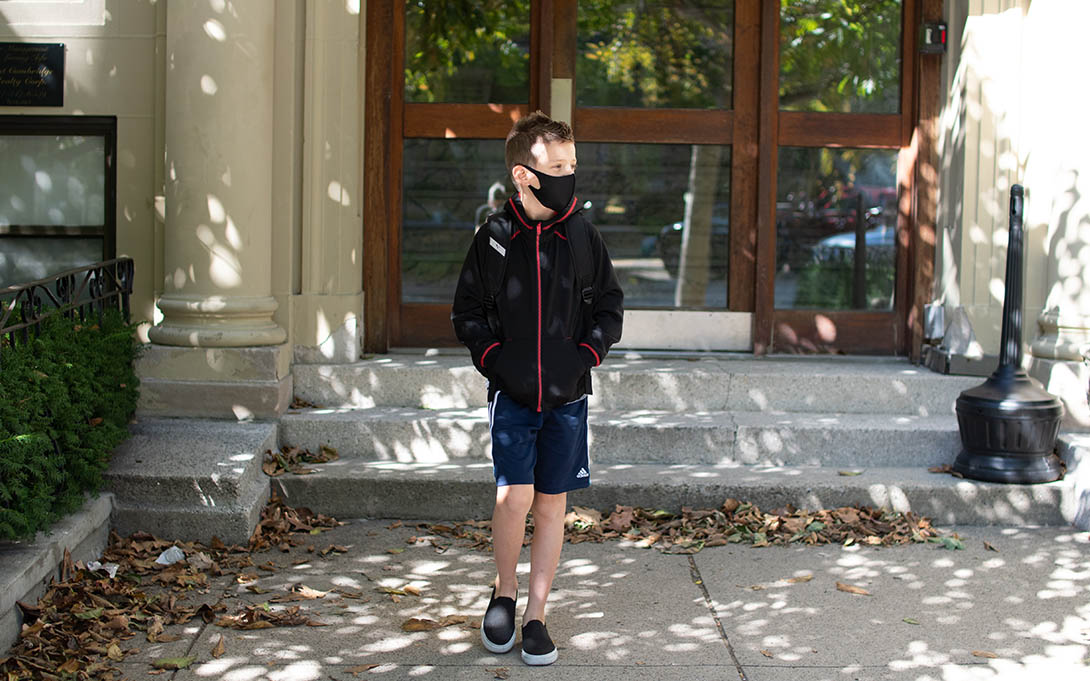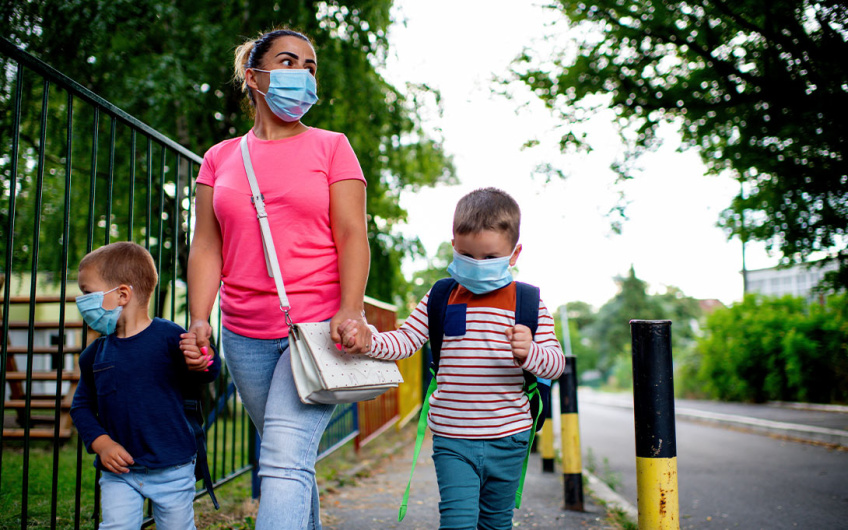Enrollment in Michigan's K-12 schools during COVID
Project Summary
This study aims to examine the extent to which COVID-19 has led to changes in the total number and composition of students enrolled in K-12 public schools in Michigan. The study team will use student-level data to better understand which specific types of students did not enroll or return in the fall of 2020. For instance, whether re-enrollment patterns were different by prior year achievement, attendance, economically disadvantaged status, race, and district and neighborhood characteristics. Separately, the research team will complement the Michigan data with nationally-representative data from Google Trends and the U.S. Census to place Michigan in the national context.

Background
As schools across the United States closed in response to the COVID-19 pandemic, roughly 55 million K-12 students experienced a serious disruption to their school year. Nationally less than one-third of students were attending all in-person classes in September, and half were attending fully remotely, with no in-person instruction at all (Civis Analytics, Gates Foundation COVID-19 Tracker Analysis Wave #11).The pattern in Michigan mirrors this national picture. More than half of public school districts in the state were offering fully in-person options in the fall, but only about a third of students were attending fully in-person (Hopkins, Kilbride, Strunk, 2020).
Understanding the extent of these potential shifts will help the state plan for any additional needs that come from educating a changing group of students. In addition, by comparing trends in Michigan to national changes in public-school student enrollment due to COVID-19, we can estimate the extent to which Michigan was disproportionately impacted.






